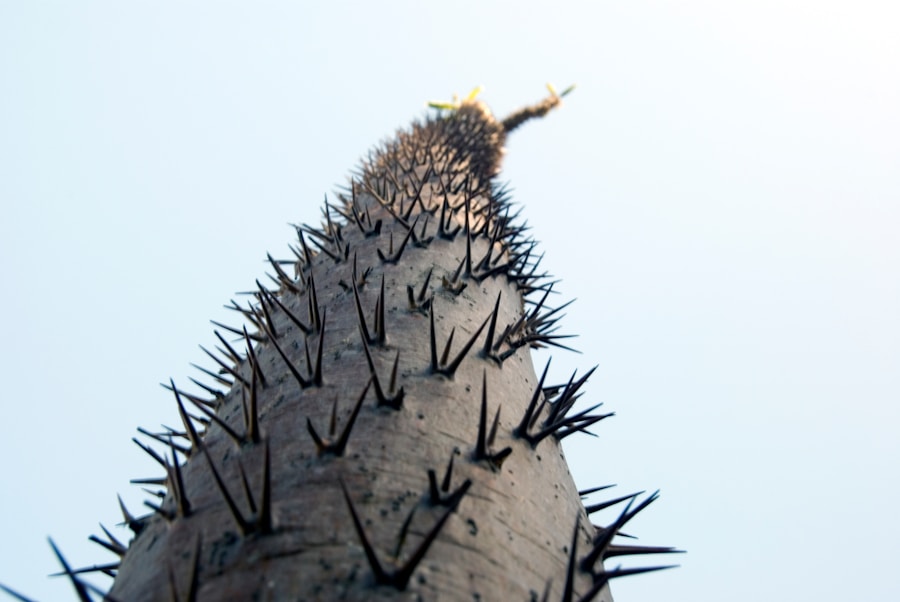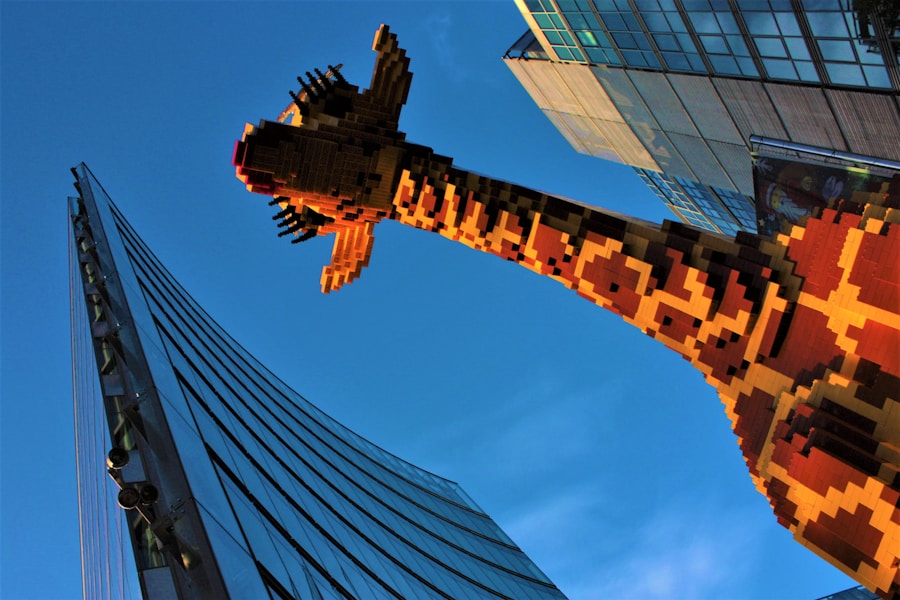When you encounter the clue “Flying Adversary of Godzilla” in a New York Times crossword puzzle, it sparks curiosity and excitement. This phrase encapsulates a significant aspect of the Godzilla franchise, where colossal monsters clash in epic battles. The term refers to one of Godzilla’s most formidable foes, a creature that not only challenges the King of the Monsters but also embodies the themes of conflict and survival that permeate the series.
As you delve into the world of Godzilla, you will discover that this flying adversary is more than just a character; it represents a rich tapestry of storytelling, cultural significance, and evolving mythology. The allure of Godzilla and its adversaries lies in their ability to captivate audiences across generations. The flying adversary, in particular, adds a unique dimension to the narrative, introducing elements of aerial combat and showcasing the diverse range of monsters that populate this universe.
As you explore the history and significance of this character, you will gain a deeper appreciation for the intricate relationships between Godzilla and its many foes, as well as the broader implications these battles have on society and culture.
Key Takeaways
- The “Flying Adversary” is a key character in the Godzilla franchise, as referenced in a New York Times crossword clue.
- Godzilla has a long history of battling various adversaries, including those with flying abilities.
- The significance of the Flying Adversary lies in its role as a formidable opponent to Godzilla, adding depth and excitement to the franchise.
- The etymology of the Flying Adversary’s name may hold clues to its origins and characteristics.
- Cultural and mythological influences have shaped the concept and portrayal of the Flying Adversary in the Godzilla universe.
The History of Godzilla and its Adversaries
Godzilla first emerged from the depths of the ocean in 1954, a symbol of post-war anxieties and the destructive power of nuclear weapons. Since then, this iconic monster has faced numerous adversaries, each representing different fears and societal issues. Among these foes, the flying adversary stands out for its unique abilities and characteristics.
From Mothra to Rodan, these aerial threats have challenged Godzilla in ways that ground-based monsters cannot.
Each opponent has been crafted with a backstory that often mirrors contemporary societal concerns.
As you trace the evolution of these characters, you will notice how they have adapted to changing cultural landscapes while maintaining their core essence. The flying adversary serves as a reminder that even in a world dominated by giants, there are always new challenges to face.
The Significance of Flying Adversary in the Godzilla Franchise

The flying adversary plays a crucial role in the Godzilla franchise, not only as a formidable opponent but also as a narrative device that enhances the storytelling experience. These aerial monsters introduce new dynamics to battles, forcing Godzilla to adapt and evolve in response to their unique abilities. This adds layers of complexity to the narrative, allowing for more engaging and varied confrontations.
Moreover, the presence of flying adversaries often symbolizes broader themes within the franchise. They can represent freedom, chaos, or even the consequences of humanity’s actions on nature. As you analyze these characters’ roles within the stories, you will find that they often serve as reflections of societal fears or aspirations.
The flying adversary is not merely an antagonist; it embodies the struggles and triumphs of humanity itself.
Exploring the Etymology of the Monster’s Name
Understanding the etymology of the flying adversary’s name can provide valuable insights into its character and significance within the Godzilla universe. Many of these monsters have names derived from various languages or mythologies, each carrying its own connotations and meanings. For instance, Mothra’s name combines “moth” with “Ra,” an Egyptian sun god, suggesting a connection to both nature and divinity.
As you explore these names further, you will uncover layers of meaning that enhance your appreciation for these characters. The etymology often reflects their abilities or characteristics, providing clues about their role in the narrative. By examining these linguistic roots, you can gain a deeper understanding of how these monsters fit into the larger tapestry of the Godzilla franchise.
Cultural and Mythological Influences on the Flying Adversary
The flying adversary is deeply rooted in cultural and mythological influences that shape its identity within the Godzilla universe. Many of these creatures draw inspiration from folklore and legends, embodying archetypes that resonate with audiences across different cultures. For example, Mothra is often seen as a guardian spirit, reflecting themes of protection and sacrifice found in various mythologies.
As you delve into these cultural connections, you will discover how they enrich the narrative and provide context for the characters’ actions. The flying adversary often serves as a bridge between ancient myths and modern storytelling, illustrating how timeless themes continue to resonate in contemporary media. By understanding these influences, you can appreciate how the Godzilla franchise weaves together diverse cultural threads to create a cohesive and compelling narrative.
The Evolution of the Flying Adversary in Popular Culture

Over the decades, the flying adversary has evolved significantly within popular culture, adapting to changing tastes and societal norms. From its early portrayals in classic films to its modern interpretations in contemporary cinema, this character has undergone transformations that reflect broader shifts in audience expectations. As you observe this evolution, you will notice how filmmakers have experimented with design, abilities, and narratives to keep these characters fresh and relevant.
The evolution of the flying adversary also highlights the impact of technology on storytelling. Advances in special effects have allowed filmmakers to create more dynamic aerial battles, showcasing the full potential of these creatures’ abilities. As you engage with these modern interpretations, consider how they pay homage to their predecessors while also pushing boundaries to create new experiences for audiences.
The Impact of the Flying Adversary on the Godzilla Universe
The flying adversary has had a profound impact on the Godzilla universe, shaping not only individual storylines but also the overarching mythology of this iconic franchise. These aerial foes challenge Godzilla in ways that ground-based monsters cannot, forcing him to confront new threats and adapt his strategies. This dynamic adds depth to his character and enriches the overall narrative.
Furthermore, the presence of flying adversaries often serves to elevate the stakes within the story. Their ability to attack from above introduces an element of unpredictability that keeps audiences on edge. As you analyze their impact on various films and story arcs, you will see how they contribute to the ongoing evolution of Godzilla’s character and legacy within popular culture.
The Enduring Legacy of the Flying Adversary
In conclusion, the flying adversary of Godzilla represents more than just a formidable opponent; it embodies a rich history of storytelling that resonates with audiences around the world. From its etymological roots to its cultural influences, this character has evolved alongside societal changes while maintaining its core essence. As you reflect on its significance within the Godzilla franchise, consider how it encapsulates themes of conflict, adaptation, and resilience.
The enduring legacy of the flying adversary is a testament to its ability to captivate audiences across generations. As new films are released and stories are told, this character will continue to challenge Godzilla and inspire future creators. By understanding its role within this iconic universe, you can appreciate not only the complexity of these battles but also their broader implications for society and culture as a whole.
The flying adversary remains an integral part of Godzilla’s legacy—a symbol of both challenge and growth in an ever-evolving world.
If you’re interested in delving deeper into the world of Godzilla and its cultural significance, you may want to check out the article Godzilla: A Symbol of Anarchism and Capitalism in Modern Society. This piece explores the complex themes of anarchism and capitalism that are present in the Godzilla franchise, shedding light on the monster’s role as a symbol in contemporary society.
FAQs
What is the flying adversary of Godzilla NYT crossword clue?
The flying adversary of Godzilla NYT crossword clue refers to the monster known as Rodan, which is a giant pteranodon-like creature that appears in the Godzilla film series.
What is the etymology of the monster’s name?
The name “Rodan” is a combination of “pteranodon” and “radon,” the latter being a reference to the radioactive element that is often associated with the Godzilla series.
When did Rodan first appear in the Godzilla film series?
Rodan first appeared in its own standalone film in 1956, titled “Rodan.” It later made its debut in the Godzilla series in the 1964 film “Ghidorah, the Three-Headed Monster.”
What are Rodan’s abilities and characteristics?
Rodan is known for its ability to fly at supersonic speeds and create destructive shockwaves with its wings. It is also depicted as having a strong and durable exoskeleton, making it a formidable adversary in the Godzilla series.
